Oil &Gas Sector: A Proposal For Real-Time Crisis Management Decision Support Tools
(Svezak 18, br. 1-2, 2017.)
Adriatic Security Solutions, Zagreb, Croatia
Introduction
Many definitions of the term crisis are used worldwide. The most preferable term we chose for our paper would be that a crisis is a significant threat to operations that can have negative consequences if not handled properly.
In crisis management, the threat is a potential damage a crisis can inflict on an organization, its stakeholders or industry.
A crisis can create three related threats:
- public safety threats– in the sense that a crisis, such as industrial accident, may result in injuries and even loss of live
- financial loss threats– a crisis may create financial loss by disrupting operations, creating a loss of market, or induce lawsuits upon the crisis
- reputation loss – all crisis reflect poorly on an organization and will damage a reputation to some degree
Public safety is the primary concern in a crisis. A failure to address public safety intensifies the damage from a crisis. Reputation and financial concerns are considered after public safety has been established.

Many authors define crisis management as a process designed to prevent or lessen the damage a crisis can inflict on an organization and its stakeholders.
Crisis Management may be set into following three elements :
“(1) The Situation phase - a shared situational awareness of the events, their implications and possible outcomes. This phase can be determined through questions like: What has happened? What is happening now? What is being done about it?
(2) The Direction phase – an explicit statement of what the crisis management effort is working to achieve. The direction phase is a strategic one, and can be formulated through questions like: what are we trying to achieve? What is the desired and state? What options are open to us and what constraints apply? What capabilities are available to us to realise our objectives?
(3) The Actions - are resolving crises, but they need to be informed and strategically directed, and the achieved effect needs to be captured, for later analysis. The Action phase answers to these questions: What we need to do now? What do we need to find out? What do we do next? What do we need to communicate? What might we need to do in the future? What contingencies could arise and what options can be applied?”
The intention of a Decision Support Systems is to provide information to strategic decision makers to decide, upon received information, what steps to undertake. Decision Support Systems should not be confused in their role of supporting the Decision Maker.
Decision Support Tools
The context of economic activities in the past ten years has been radically transformed by an intense combination of technological innovations and geo-political confusion that have led to intense competition, greater interconnection and unrestrained technological development.
Decision Support Tools are used to organize information. It calculates and estimates severity of the incident by evaluating on-site collected data through different models, to mention a few :
- thinking and collaboration tools:
• mind maps – techniques for effective learning and enhancement of problem solving skills, swiftens the process of identifying a subject’s structure;
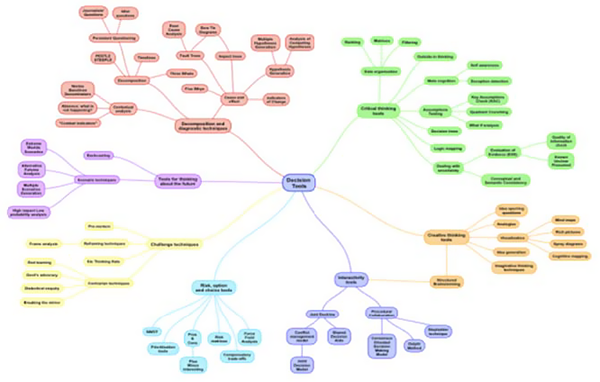
Figure 1: Mind Maps
• mess mapping–summarization of problems, causes, influences and relevant data
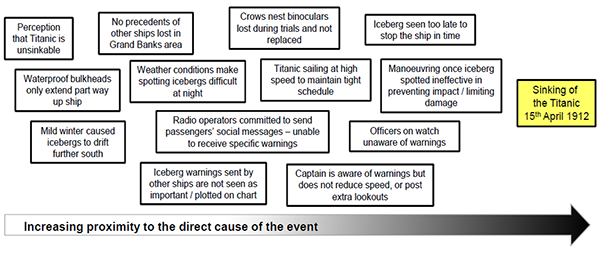
Figure 2: Mess mapping
• brainstorming – a group creativity technique by which efforts are made to find a conclusion for a specific problem by gathering a list of ideas spontaneously contributed by members ;
• idea spurring questions.
- problem and issue decomposition tools:
• persistent questioning – open questions – what? when? where? why? which? who? how? yielding detailed qualitative answers; or Toyota’s ‘5 Whys’ – an iterative interrogative technique to determine the root cause of the problem by repeating the question “Why?”, were each answer forms the basis of the next question
• PEST (political, economic, social, technological) analysis provides an overview of the different macro-environmental factors to be taken into consideration
- tools for managing uncertainty:
• known / unclear / presumed analysis – provides an understanding of a situation by classifying information into known relevant, reliable data, unclear information with a tag of uncertainty and presumed information
• source & credibility assessment–a technique for validating reliability of an information source and their credibility
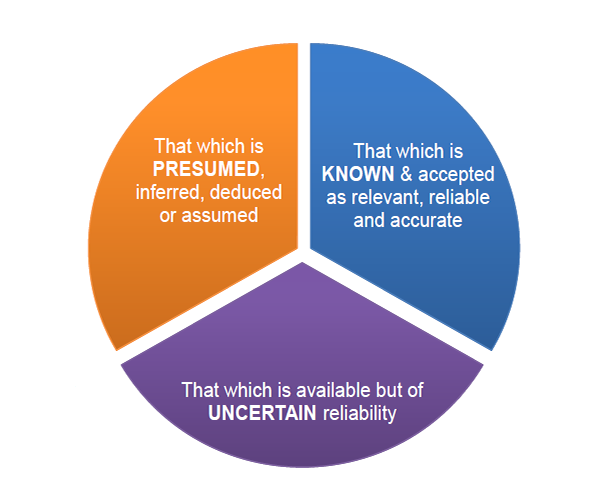
Figure 3: known / unclear / presumed analysis
• assumption testing–assumptions are audited for identification and how they should be handled, through following question: identify them, make them explicit, categorise them, test them wherever possible, record and share them
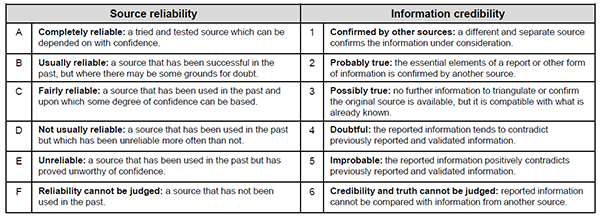
• frame analysis–a technique that simulates other perspectives and possible interpretations through questions to structure an analysis: What aspects of the situation are downplayed? What reference points are used to measure success? What does the frame emphasise? What does the frame minimise? Do others think about the issue differently? Is the decision one involving potential gains or losses?
- tools for Cause and Impact Analysis:
• fault tree’s – a technique to visualize potential causes and contributory factors that might lead to an adverse event
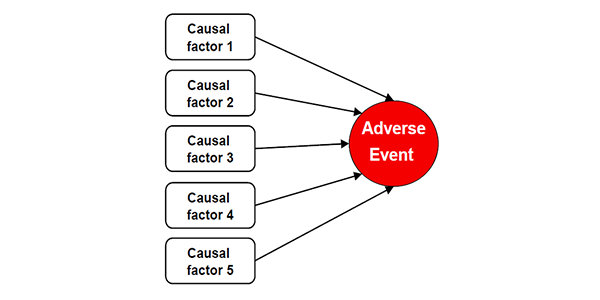
Figure 4: Fault Tree’s
• root cause analysis– an approach to understand emergent risks and causes of adverse events and emergencies. RCA drills down form what happened to how it happened and to why it happened. Following dimension are considered in RCA: (1)condition, (2) proximate cause, (3) intermediate cause, (4) root cause
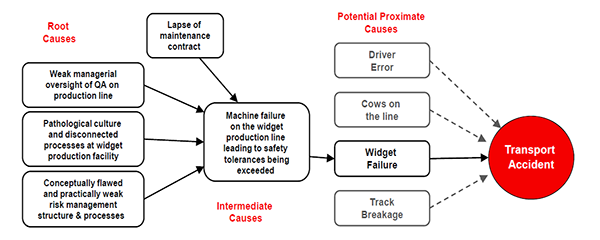
Figure 5: RCA – Root Cause Analysis
• impact tree’s
• bow-tie analysis
- forward look tools
• timelines
• basic scenarios
- option and choice tools
• pros & cons weighing
• plus minus interesting analysis
• SWOT
An incident action plan may be delivered for on-site personnel, or escalated, in a timely manner, depending on the level of severity, upon which a distribution model may disperse the information to various groups.
A Decision Support Systems complements situational awareness.
Situational Awareness
Situational awareness as a state of individual or collective knowledge relating to past and current events, their implication and future developments, may be identified into three levels of situational awareness:
Level 1: Perception - building a complete picture of what is happening at the event level. The perception level may be limited dueto following factors:
• no available information (e.g. not forwarded, an ICT failure)
• difficulty in informationdetection (e.g. distorted signals, background noise)
• no observed information (e.g. attentional narrowing in response to stress)
• misperceived information (e.g. operator sees what they expected to see)
• forgotten things (e.g. workload overload)
Level 2: Comprehension - developing an understanding of the events, their causation if relevant and their consequences and potential wider impacts. The comprehension level may be limited due following factors:
• availability of appropriate mental models (e.g. a novel situation)
• application of an incorrect mental model (e.g. response to expectations)
• inflexibility (e.g. overreliance on assumptions or established procedures).
Level 3: Projection - formulating simulations and scenarios of what might happen in the future, and what the implications of those eventualities might be. The projection level may be limited due following factors:
• lack of experience and appropriate mental models provides no basis for projection
In crisis management information is critical, especially early in a crisis. Information should be separated from data produced and gathered, which may be described as raw data (e.g. different results, observations, measurements, attributes, location). Information should thought of as refined data, which provide ordered, processed and user-friendly.
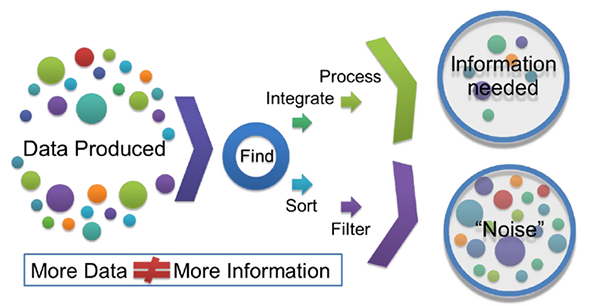
Figure 6: Communication/data flow in situational awareness environments .
Information, a critical asset in crisis management, must be treated as crucial, as it’s the basis for decision making. A conceptual framework for thinking has been set out.
Information management, may be described as a part handling different data formats, data assurance and other. It should effectively support shared situational awareness and inform decision-making. For that it must be meaningful, which implies that sound judgment and defensible behaviors are vital.

Figure 7: A conceptual framework for thinking
Conclusion
Decision Support Tools Data that create an awareness of the situation at hand, may be collected from different sources. Data mainly derived from the incident site, from exemplary an oil and derivates storage tank farm, may include sensoric information like:
- real-time video feeds to visualize the incident site (both optical and infrared, for assessing fire through thick smoke);
- information from access control systems to assess the number of possible people on site, and to receive input on professional qualification of employees for managing incident responses on site;
- fire detector information, to assess the cause of the incident;
- operation status of the tank farm (information regarding operations –pumping operations, assessing the level of fillment of tanks with differentiated stored media, and so on)
- firefighting activities (extinguishing process, cooling process, and so on)
- contamination monitoring (oil spillage monitoring, air contamination (CO detection), etc. to be able to assess the gravity of the incident)
- meteorological data (for assessing possible wind strength and direction, to feed hazardous scenarios)
- vehicle tracking
- public announcements systems for enforcing evacuation procedures, etc.
References
1. Dewar, J.A. (2002). Assumption-Based Planning: A Tool for Reducing Avoidable Surprises. Cambridge University Press.
2. Endsley, M.R., Garland, D.J. (2000). Situation Awareness Analysis and Measurement. Lawrence Erlbaum Associates.
3. MacFarlane, R. (2015). Decision Support Tools for Risk, Emergency and Crisis Management: An Overview and Aide Memoire. Emergency Planning College.
4. MacFarlane, R., Leigh, M. (2014). Information Management and Shared Situational Awareness: Ideas, Tools and Good Practice in Multi-Agency Crisis and Emergency Management. Emergency Planning College.
5. Ministry of Defence, United Kingdom (2011). Decision-making and problem solving: Human and organizational factors; Joint Doctrine Note 3/11.
6. Wikipedia. Brainstorming. URL: https://en.wikipedia.org/wiki/Brainstorming
7. Wright, G. (2001). Strategic Decision Making: A Best Practice Blueprint Confederation of British Industry. John Wiley & Sons.